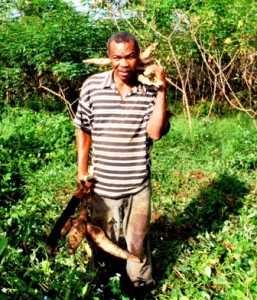For the women of India’s mid-Gangetic plains, which cover most of northern and eastern India ,the road to economic prosperity is littered with stumbling blocks. First, they must overcome the limitations of their patriarchal society and the perception that being women renders them less valuable and less competent than their male counterparts.
Then, as residents of India’s poorest region, they struggle to acquire the financial capital, education or connections needed to break poverty’s vicious cycle. And, for women of a certain caste, social stratification presents yet another barrier to upward mobility.

Recognizing that the women of this region are in a particularly vulnerable position, India’s National Bank for Agriculture and Rural Development (NABARD) and the International Fund for Agricultural Development (IFAD), are launching a Women’s Empowerment and Livelihoods Programme in the mid-Gangetic plains.









